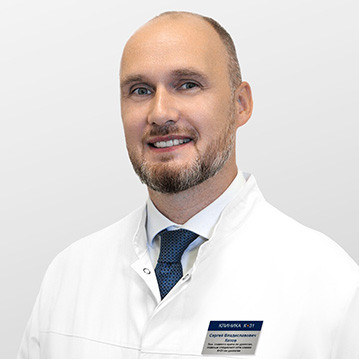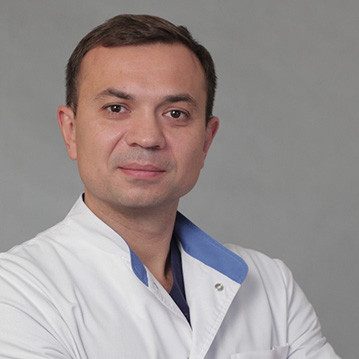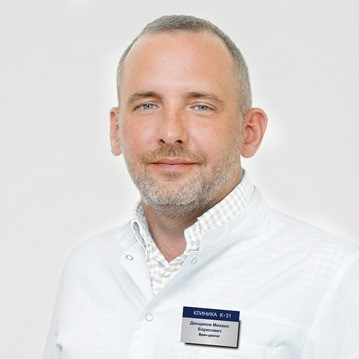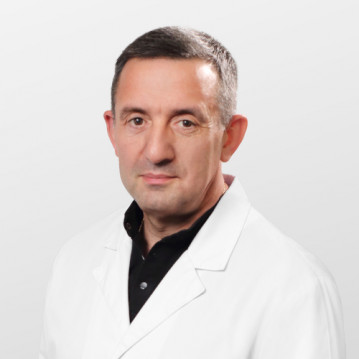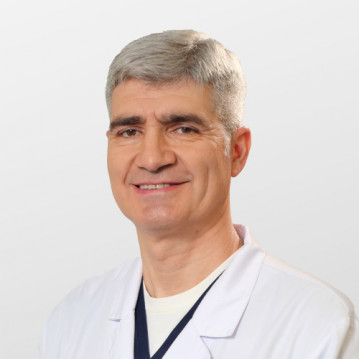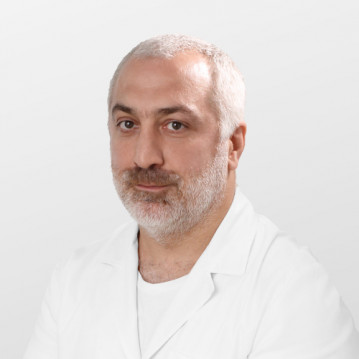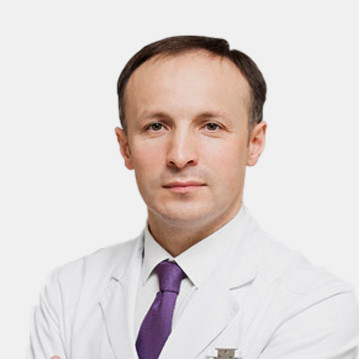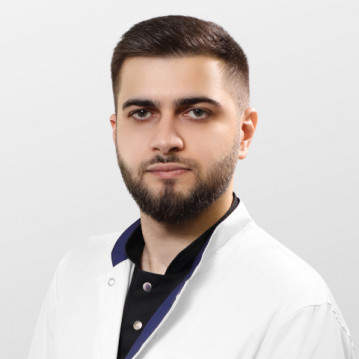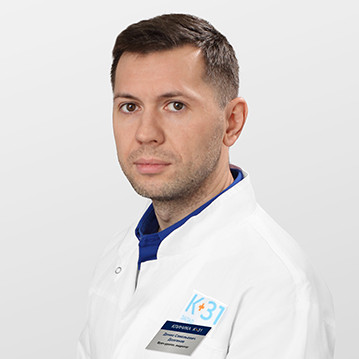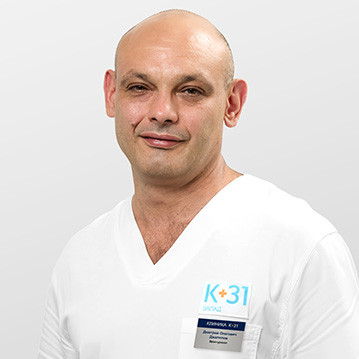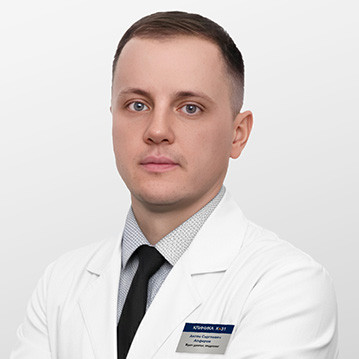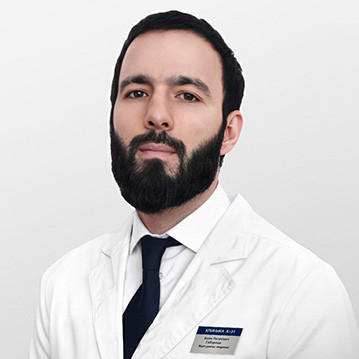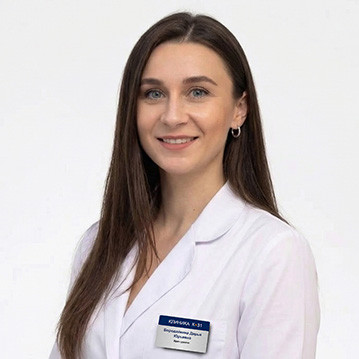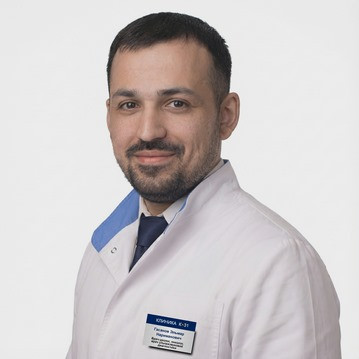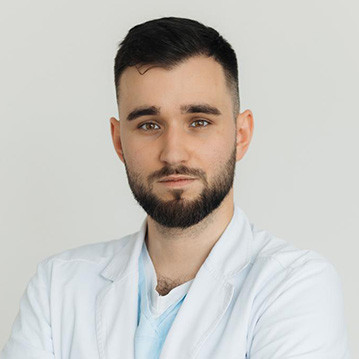The prostate gland, in Latin - the prostate, is one of the elements of the male reproductive system. This is an anatomical structure within a few centimeters, the shape resembles a chestnut.
The prostate consists of an outer capsule, glandular tissue and smooth muscles. The glandular tissue secretes a secret, which is an integral part of the ejaculate. Smooth muscles during an erection compress the urethra, the urethra, and block the entrance to the bladder. Given the specific functions, the prostate is sometimes figuratively called the second male heart.
Pathological changes often form in this second heart. Moreover, conservative, non-surgical treatment is not always effective. In such cases, surgical intervention is indispensable.
Specialists of the urological department of the clinic
- Tissue damage is slight.
- Blood loss is minimal.
- Less intensity of pain.
- Tissues heal faster.
- Recovery comes faster.
But laparoscopic removal has not only pluses, but also minuses. Through the small opening of the laparoscope, it is difficult to remove a large gland. With the radical removal of prostate cancer, there are also difficulties.
In order to improve visibility during laparoscopy, carbon dioxide is injected into the abdominal cavity. By itself, it is safe. But the presence of gas in the abdominal cavity can lead to complications from the cardiovascular, respiratory system.
TOUR
Transurethral resection of the prostate is also one of the endoscopic technologies. Only here access is through the urethra, transurethral. To do this, use an endoscopic device resectoscope. This is a rigid tube 30-35 cm long and 0.7-1.0 cm wide. A set of electrosurgical instruments for cauterization of blood vessels and removal of prostate tissue is attached to the resectoscope.
TUR is an organ-preserving operation. Instead of complete removal, prostatectomy, its partial removal, resection, is carried out. The resected tissue fragments of the gland are washed out with a sterile liquid - for this, valve systems are provided in the resectoscope. After removal, the outflow of urine is restored. The advantages of TUR over incision and complete removal of the prostate are also obvious.
But this method is not always feasible. With a significant increase in adenoma over 80 cm3 TUR is not effective, and you still need to perform a conventional or laparoscopic adenomectomy. With cancer, resection of the prostate loses its meaning - after all, a radical, not partial prostatectomy is needed. In addition, the use of electrosurgical instruments is not safe for men with a pacemaker.
Restoration
If you remove the prostate, what will happen to urination, will it be restored? With the correct technique of the operation and the management of the postoperative period - yes. In the first days after the operation, the patient is in the hospital under the supervision of specialists. The doctor controls the outflow of urine, flushes the bladder through the catheter. The patient takes painkillers and anti-inflammatory drugs, antibiotics.
If the urine passes freely and there is no pus or blood clots in it, the catheter is removed. Further rehabilitation after removal of prostate adenoma takes place at home. Within 1-2 months:
- Do not take blood thinners.
- You can not visit baths and saunas, overheat.
- Constipation should be avoided - straining is not desirable.
- Hard physical labor is not recommended.
- Moderate exercise with long rest is desirable.
- You should refrain from intimate life.
Further sex after prostate removal is possible. Indeed, after husking, the capsule of the gland remains, and the nerves suitable for it are not damaged. After removal of the prostate, the consequences for men's health can be associated with urinary incontinence due to surgical trauma and stress.
To eliminate incontinence, you need to strengthen the muscles of the pelvic floor. To do this, conduct Kegel exercises for men after prostate removal. A set of exercises provides for tension, compression, relaxation of the muscles of the perineum, and is developed by our specialists.
For all questions related to the operation on the prostate and their cost, please contact the specialists of "K+31". You can get information by phone or make an appointment with the urologist of our clinic at any time convenient for you.
perform various types of interventions on the gland, including surgery on the prostate to remove it. Under the supervision of the urologists of our clinic, further recovery of patients after prostate removal takes place.When surgery is needed
Indications for prostate surgery are associated with its organic pathology, when the structure of the organ changes irreversibly.
Prostate adenoma
Perhaps this is the most common indication for surgery. The bottom line is that a significant proportion of men of mature and elderly age suffer from this disease. And the more age, the more patients.
Prostate adenoma is sometimes mistakenly considered a tumor. In fact, there are no atypically altered tumor cells in the adenoma. The disease is based on BPH, benign prostatic hyperplasia with an increase in its size.
This is a natural manifestation of male aging. With age, the amount of the male hormone testosterone decreases. Changes in the hormonal background lead to an increase in the volume of glandular tissue. The tone of smooth muscles increases. An enlarged, tense prostate blocks the urethra at the exit from the bladder. There are complaints of dysuria, urination disorders:
- Difficulty urinating, requiring straining.
- Frequent urination in small portions.
- Persistent, imperative, urge to urinate.
- Incontinence
- Frequent trips to the bathroom at night.
- Feeling of incomplete emptying of the bladder.
At first, the process can be slowed down with the help of medicines, physiotherapy, urological prostate massage. But for many, over time, iron increases even more, and dysuric disorders worsen.
This leads to a deterioration in the quality of life. In addition, stagnation of blocked and not excreted urine is fraught with chronic inflammation of the urinary tract. With the threat of complications, surgery is the only way out.
Prostatitis
In itself, the inflammatory process in the prostate gland, prostatitis, is not an indication for surgery. But chronic inflammation is often complicated by the formation of stones, stones, in the glands and excretory ducts of the prostate. Such prostatitis is called calculous. It often develops against the background of urolithiasis and prostate adenoma.
Signs of calculous prostatitis:
- Pain in the perineum radiating to the sacrum and scrotum.
- Dysuria.
- Hematuria is an admixture of blood in the urine.
- Hemospermia is an admixture of blood in the ejaculate.
- Painful ejaculation, erectile dysfunction.
Conservative methods of treatment in many patients give a positive effect. But if stone formation is complicated by the appearance of purulent foci, abscesses, in the glandular tissue, and is associated with adenoma, an operation is necessary.
Prostate cancer
The insidiousness of this malignant tumor lies in the fact that it grows slowly, and at first does not manifest itself. Pain and dysuria appear later, in the later stages. The earlier prostate cancer is detected, before the appearance of metastases, the greater the chance of a positive outcome. Therefore, prostatectomy, the complete removal of the prostate gland, should be done as soon as possible after the diagnosis is made.
How to prepare for prostate surgery
Surgical interventions on the gland, as a rule, are carried out in a planned manner. Before the prostate is removed, or other types of operations on the gland are performed, laboratory and instrumental studies are carried out:
- Complete blood count.
- Urine analysis
- Blood chemistry.
- Coagulogram, coagulation, blood.
- ECG.
- Determination of PSA in the blood, prostate-specific antigen, laboratory tumor marker of the prostate. It is increased not only in cancer, but also in prostatitis, adenoma.
- Ultrasound of the prostate. It is performed transabdominally, with the device's sensor located on the abdominal wall, and transrectally, when a hardware sensor of a special configuration is inserted into the anus.
- Endoscopic examination of the urethra and bladder - ureteroscopy, cystoscopy.
- Rectal digital examination of the gland.
The patient is examined by a therapist, and, if necessary, by a cardiologist, neurologist, endocrinologist. A visit to an anesthetist is required. Operations on the gland are performed under anesthesia or under local spinal or epidural anesthesia.
This method of anesthesia involves the introduction of a local anesthetic into the spinal canal. The doctor makes a puncture with a needle in the projection of the lumbar spine. As a result, the sensitivity in the underlying sections is turned off. The effect can be supplemented by the introduction of tranquilizers.
A few days before the operation, alcohol should be excluded. It is not recommended to take drugs that affect blood clotting. Therefore, all medications taken should be reported to the doctor. 8 hours before the operation, you can not eat and drink.
